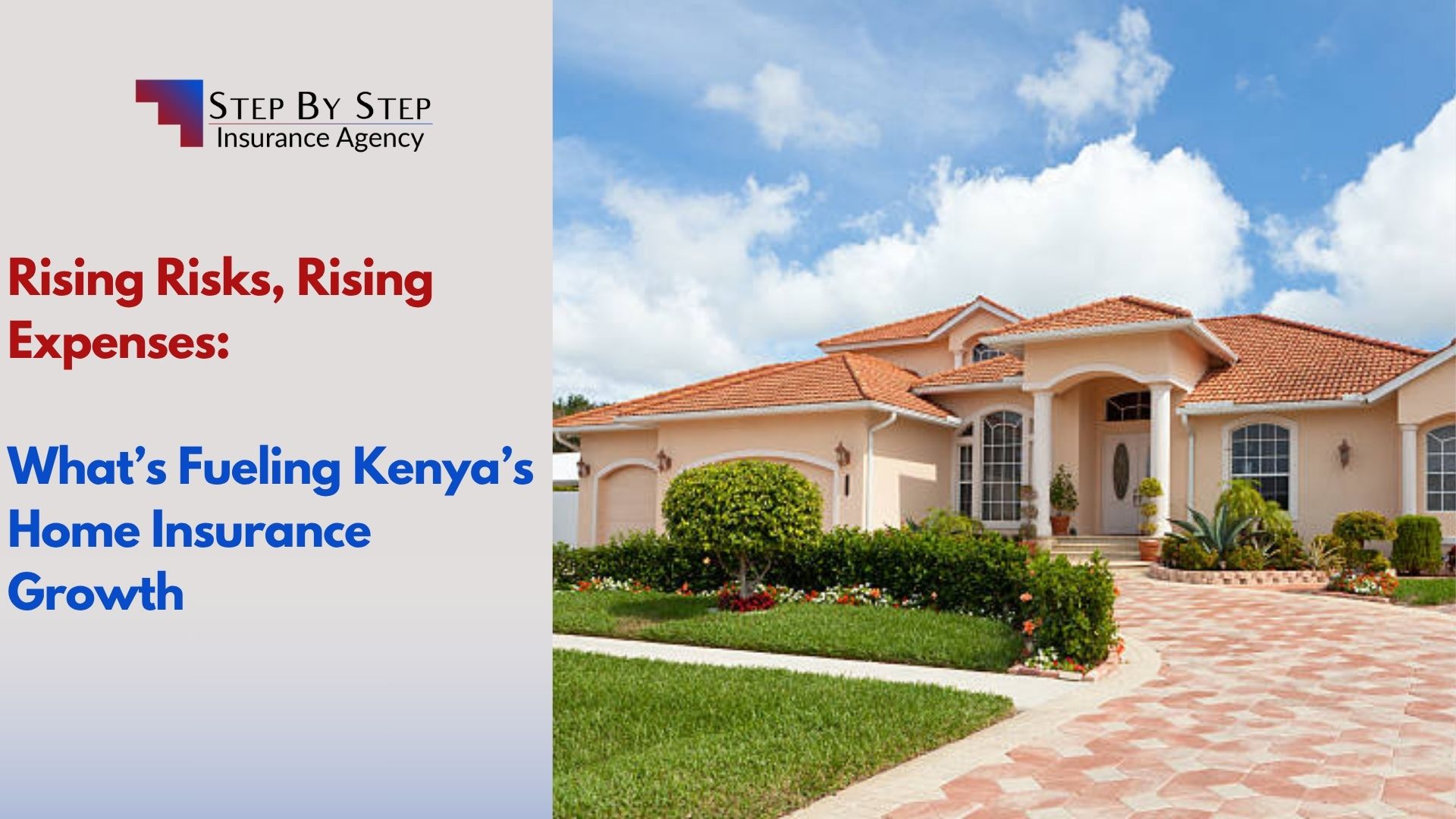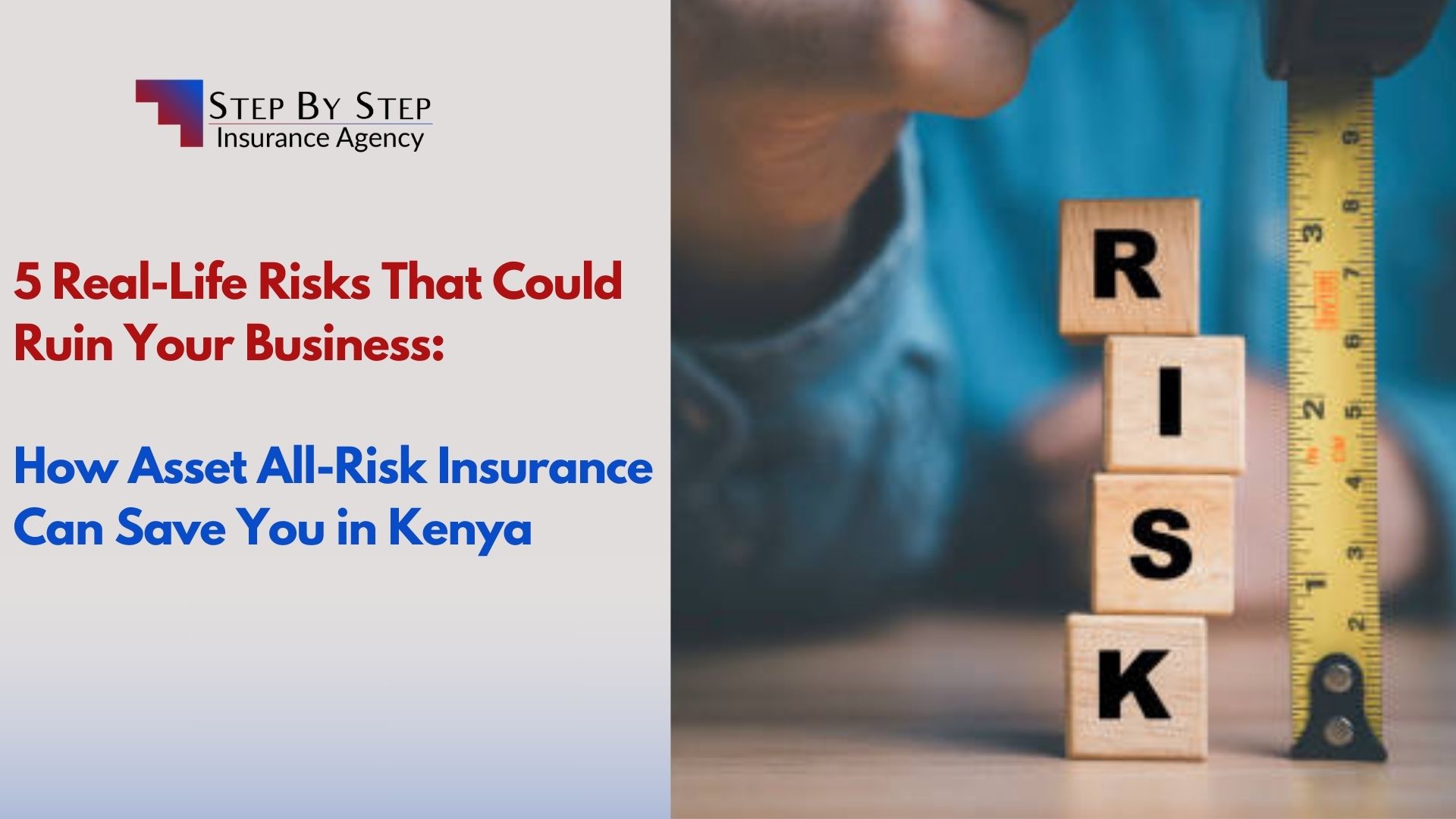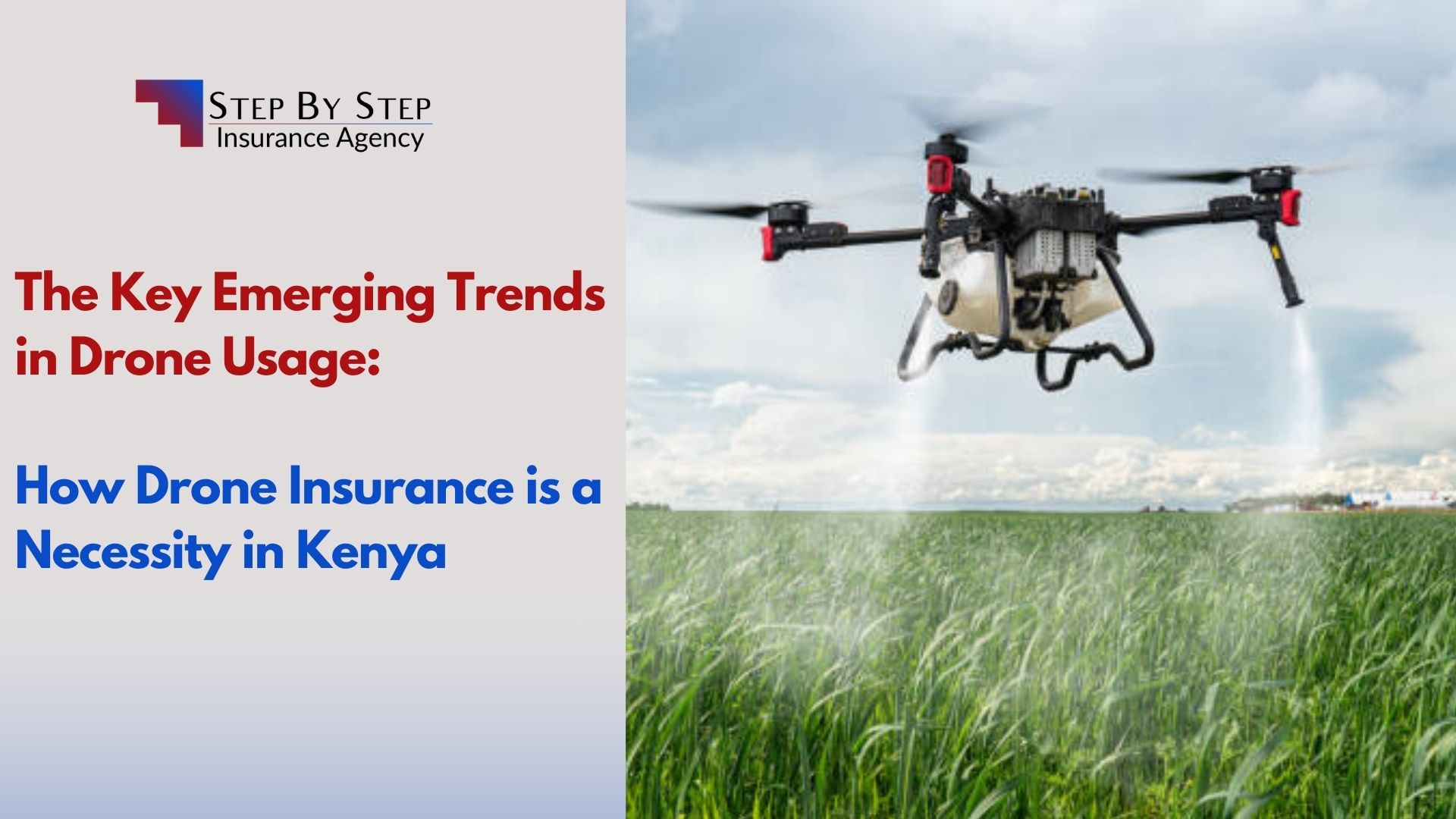The Real Cost of Ignoring WIBA Insurance: What Kenyan Employers Need to Know
Introduction
In Kenya’s dynamic and rapidly growing business landscape, small businesses, startups, and established corporations alike are waking up to the importance of protecting their workforce.
Yet, one crucial safeguard, Work Injury Benefits Act (WIBA) Insurance, is often underestimated or entirely overlooked. Many employers are unaware that neglecting WIBA cover isn’t just a legal misstep; it’s a financial, reputational, and moral risk.
Picture this: a construction worker is injured on-site due to a fall. The employer has no WIBA cover. Medical bills skyrocket. The family struggles. The company gets sued. The media catches wind. The brand suffers. This isn’t fiction, it’s a real and growing risk for Kenyan employers. WIBA Insurance is not a luxury; it’s a legal requirement and a smart business move.This article dives deep into what WIBA is, the real costs of ignoring it, and how you can make informed decisions with expert help from Step By Step Insurance Agency.
Key Takeaways
- WIBA Insurance is legally mandatory for all Kenyan employers.
- Ignoring it can result in fines, lawsuits, and reputational loss.
- The financial cost of workplace injuries without cover can bankrupt SMEs.
- WIBA is about human dignity and employee welfare, not just compliance.
- Step By Step Insurance Agency offers expert advice to protect your business and your people.
Table of Contents
- Introduction
- What is WIBA Insurance?
- Legal Implications of Ignoring WIBA
- Financial Consequences for Employers
- Staff Impact: The Employee’s Story
- WIBA Insurance Must-Haves
- WIBA Insurance Should-Haves
- The Role of Step By Step Insurance Agency
- Conclusion: Secure Your People, Secure Your Business
What is WIBA Insurance?
The Work Injury Benefits Act (WIBA) Insurance is a statutory requirement under the WIBA Act of 2007 in Kenya. It provides compensation to employees who suffer injuries or death arising out of and during the course of employment. It’s not just an insurance product, it’s a legal shield and a moral commitment.
WIBA covers:
- Medical expenses due to workplace injuries.
- Temporary or permanent disability compensation.
- Death benefits to dependents.
- Funeral expenses.
Every employer, regardless of size or industry, is mandated to ensure their workers are covered. It applies to casual laborers, full-time staff, and even contract workers.
Legal Implications of Ignoring WIBA
When it comes to workplace injuries, ignorance of the law is not a defense, especially under Kenya’s Work Injury Benefits Act (WIBA). The legal requirements are clear and binding for all employers, regardless of company size, sector, or employee type. Yet, many businesses, especially startups and informal enterprises still operate without this essential cover, putting themselves in direct violation of statutory mandates.
Failing to comply with WIBA isn’t just a small oversight; it’s a legal liability that can lead to crippling fines, court cases, and even business closure. This section breaks down the specific legal risks that employers face when they ignore WIBA and the consequences that follow when the law catches up.
Failure to comply with the WIBA Act opens employers up to severe legal consequences:
Fines and Penalties:
Non-compliant businesses may face heavy fines issued by the government.
Legal Suits:
Employees or their families can sue the employer for damages, which could run into millions.
Workplace Closure:
Government inspectors can shut down sites or operations until compliance is met.
Ignorance is not a defense. Even informal or small businesses are not exempt.
WIBA Financial Consequences for Employers
While the legal risks of ignoring WIBA are significant, the financial repercussions can be even more devastating especially for small and medium-sized enterprises (SMEs) in Kenya. A single workplace injury can result in unexpected expenses that disrupt operations, drain reserves, and threaten business continuity. From unplanned medical costs to legal settlements and lost productivity, the ripple effect of not having WIBA insurance is real and far-reaching.

This section explores the financial burden employers face when they fail to secure proper WIBA coverage, and why proactive insurance protection is a smarter, more sustainable strategy.
The cost of ignoring WIBA can cripple a business:
Unplanned Medical Bills:
Injuries can cost thousands to hundreds of thousands in treatment, therapy, and recovery.
Loss of Productivity:
Injured workers lead to delays, downtime, and overtime for replacements.
Legal Fees:
Lawsuits come with legal representation and possible damages awarded.
Reputational Damage:
Employers seen as irresponsible lose trust among customers, partners, and potential talent.
Investing in WIBA cover is far cheaper than the cost of accidents without it.
Staff Impact: The Employee’s Story
Beyond the legal and financial aspects lies a human story. When an employee gets injured and is not covered:
- They may be unable to provide for their families.
- They risk permanent disability without proper treatment.
- Their morale and that of their colleagues takes a hit.
WIBA isn’t just about compliance. It’s about compassion. Employers who genuinely care about their team show it through proactive protection.
WIBA Insurance Must-Haves
Every WIBA policy in Kenya should include:
- Accidental Death Cover
- Permanent Total Disability Cover
- Medical Expenses Cover (inpatient and outpatient)
- Temporary Total Disability Cover (weekly compensation)
- Funeral Expenses Cover
These are the non-negotiables that ensure full legal compliance and adequate employee protection.
WIBA Insurance Should-Haves
Beyond the statutory basics, a comprehensive policy can also include:
Psychological Support:
Counseling for trauma or long-term injury
Rehabilitation Costs:
For long-term recovery and reintegration into work
Occupational Health Assessment:
Preventive support for high-risk roles
Return-to-Work Programs:
Assistance for employees resuming duties
GPA Add-on:
For 24-hour personal accident protection beyond working hours
These additions show that an employer is thinking beyond the bare minimum.
The Role of Step By Step Insurance Agency
At Step By Step Insurance Agency, we understand that insurance is not just about ticking a legal box it’s about safeguarding futures. We specialize in helping Kenyan businesses—big and small find WIBA solutions that meet their unique workforce needs.
We provide:
- Tailored policy advice depending on industry risk
- Affordable cover even for SMEs and informal employers
- Claims support to ensure employees are cared for promptly
- Education and training on WIBA compliance and safety
We walk with you, step by step, in building a safe, compliant, and caring workplace.

Conclusion: Secure Your People, Secure Your Business
The cost of ignoring WIBA Insurance is too high to gamble with. A single incident can derail years of progress, strain your finances, and hurt your reputation. But beyond the numbers and regulations, protecting your team speaks volumes about your company culture.
When you invest in WIBA, you’re not just buying insurance. You’re building trust, safety, and loyalty in your workplace. You’re telling every employee, “I’ve got your back.” And that matters, now more than ever.
Let Step By Step Insurance Agency guide you. We’ll help you choose the right cover, stay compliant, and ensure that your team is protected, empowered, and appreciated. Don’t wait for an accident to happen.
Contact Step By Step Insurance Agency today for a FREE quote and consultation on WIBA Insurance.
Call: 0729712200 / 0716534192
WhatsApp: 0722888350
Email: info@stepbystepinsurance.co.ke
Website: stepbystepinsurance.co.ke/
#WIBAInsurance #KenyaEmployers #WorkplaceSafety #StepByStepInsurance #InjuryCover #SMEsKenya #InsuranceAwarenessKE #ComplianceMatters #WelfareFirst #InsureSmart

































